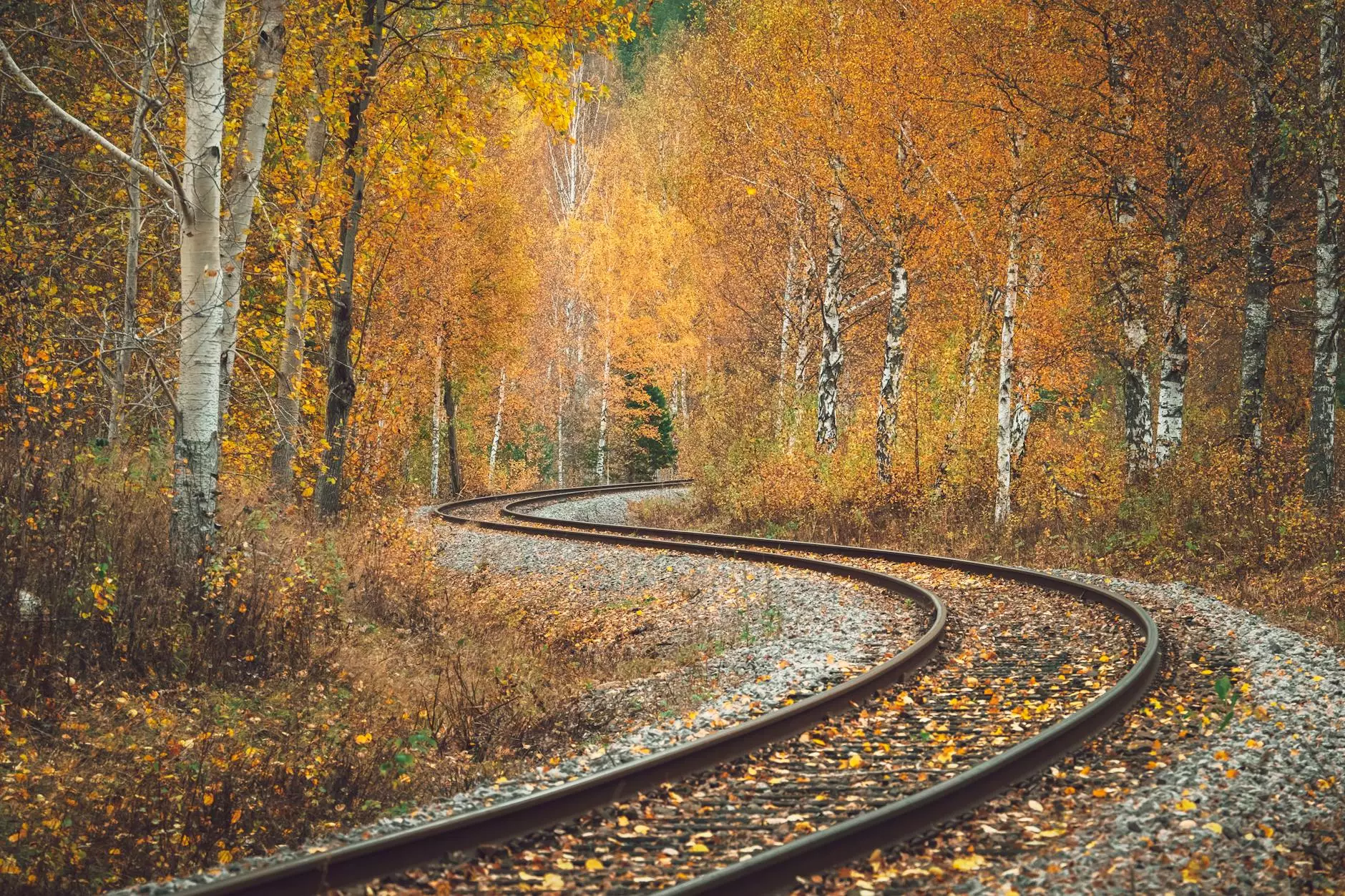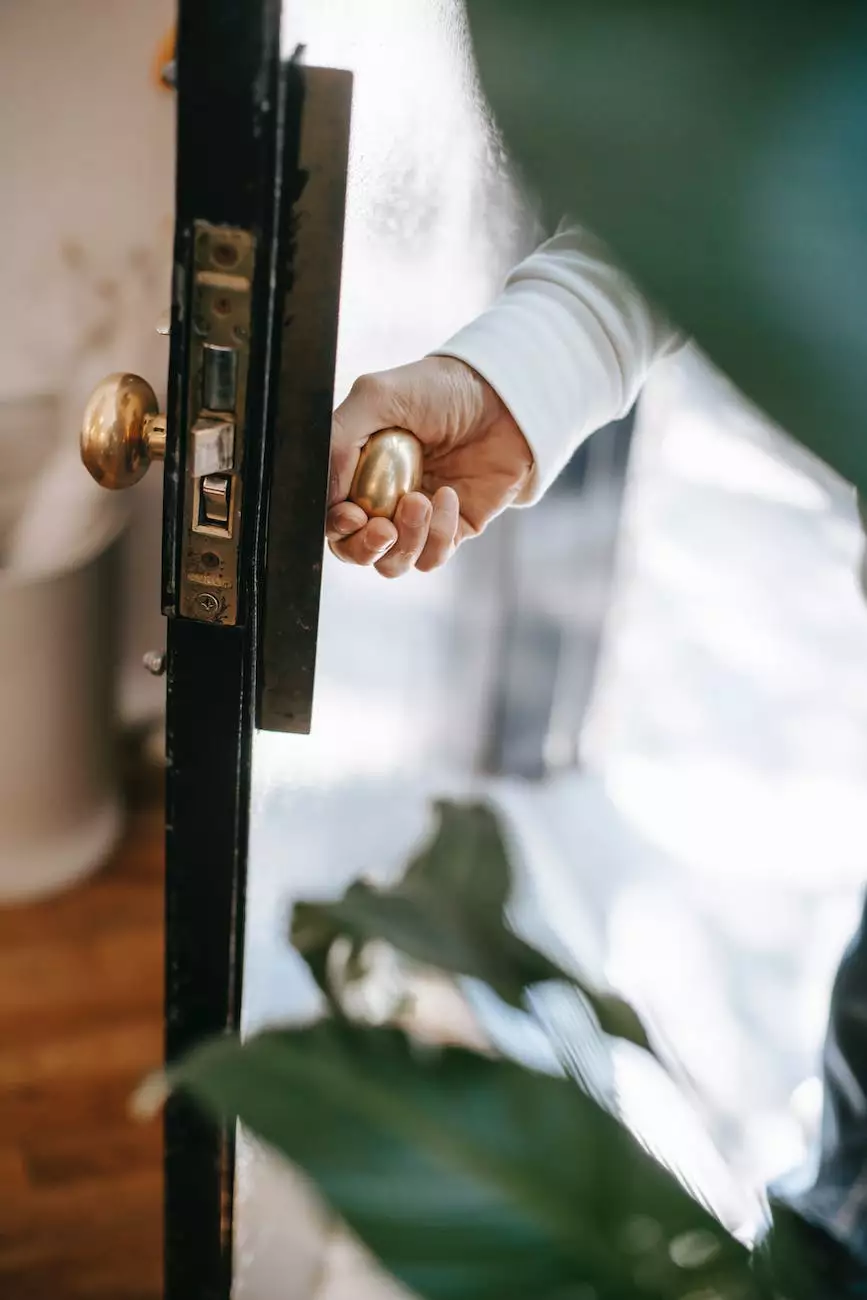Choosing a Classic Car Restoration Project
Restorations
The Importance of Choosing the Right Restoration Project
Embarking on a classic car restoration journey can be an exciting and rewarding experience for enthusiasts, collectors, and automotive history lovers alike. However, it is crucial to choose the right restoration project to ensure a successful outcome. BK Autosports, a trusted name in the Vehicles - Automotive Industry, is here to guide you through the process and help you make an informed decision.
Factors to Consider
When selecting a classic car restoration project, several factors come into play. These factors will influence the level of difficulty, time, and cost involved in the restoration. BK Autosports recommends considering the following:
1. Budget
Set a realistic budget for the restoration project. Keep in mind that restoration costs can add up quickly, including the purchase price of the vehicle, parts, labor, and any unforeseen expenses that may arise along the way.
2. Availability of Parts
Ensure that parts for the chosen car model are readily available in the market. Availability of parts will impact both the time required and the overall cost of the restoration project. Research the availability of original, replica, or aftermarket parts to make an informed decision.
3. Condition of the Vehicle
Thoroughly assess the condition of the vehicle before making a purchase. Consider factors such as rust damage, bodywork, frame integrity, and engine condition. Evaluating the overall condition will help you determine the extent of work required and avoid any unpleasant surprises later in the process.
4. Personal Skills and Expertise
Be honest with yourself about your own skills and expertise. Some restoration projects may require advanced mechanical knowledge, welding, or bodywork skills. Assess your capabilities and be prepared to learn or seek professional assistance when necessary.
Steps Involved in a Classic Car Restoration Project
Restoring a classic car typically involves a series of steps. While the process may vary depending on the vehicle and complexity of the restoration, BK Autosports provides a general outline to help you understand what to expect:
1. Research and Planning
Start by researching the specific model and era of the car you wish to restore. Gain a comprehensive understanding of its original features, specifications, and any unique challenges involved. Develop a detailed restoration plan that outlines goals, timeline, and budget.
2. Acquiring the Vehicle
Once you have chosen your restoration project, acquire the vehicle through a reputable source. Consider attending classic car auctions, browsing classified ads, or consulting with reputable dealers. Verify the ownership history and ensure all necessary paperwork is in order.
3. Disassembly and Documentation
Carefully disassemble the vehicle, documenting each step along the way. Take detailed photographs and label all parts and components. This documentation will serve as a valuable reference during the reassembly process.
4. Bodywork and Paint
Repair any rust damage or body imperfections, ensuring a solid and straight structure. Strive for high-quality workmanship during the bodywork phase. Choose an appropriate paint system and color that matches the vehicle's original specifications.
5. Mechanical Work
Address the mechanical components of the car, such as the engine, transmission, suspension, and brakes. Restore or replace worn-out parts with quality alternatives. Pay attention to detail and aim for accuracy to achieve optimal performance.
6. Electrics and Interior
Repair or replace the electrical systems, including wiring harnesses, switches, and lights. Restore the interior, including seats, upholstery, headliner, and dashboard. Aim for authenticity while considering safety and comfort enhancements.
7. Reassembly and Testing
Gradually reassemble the vehicle using the documentation and photographs as a guide. Test all systems and components to ensure proper functionality and address any issues promptly. Conduct thorough quality control checks before the final stage.
8. Finishing Touches
Add the final touches, such as emblems, trim pieces, and authentic decals, to recreate the original appeal of the vehicle. Pay attention to every detail, as it is these finishing touches that truly make a classic car restoration stand out.
Expert Advice from BK Autosports
BK Autosports, a renowned name in the Vehicles - Automotive Industry, has years of experience in classic car restoration. Our experts share some insightful tips to help you succeed on your restoration journey:
1. Start with a Realistic Project
Choose a restoration project that matches your skill level and available resources. Starting with a project beyond your capabilities can lead to frustration and may result in an unfinished project.
2. Document Everything
Take detailed photographs before, during, and after each step of the restoration process. This documentation will serve as a reference and potentially increase the value of your restored classic car.
3. Seek Professional Assistance When Needed
Don't hesitate to seek professional assistance for specialized tasks or when you encounter challenges beyond your expertise. Consulting with experts can save time, money, and ensure a higher-quality restoration.
4. Enjoy the Process
Remember, classic car restoration is a labor of love. Enjoy the journey, appreciate the craftsmanship involved, and take pride in restoring a piece of automotive history.
Conclusion
Choosing the right classic car restoration project is crucial for a successful and rewarding experience. Consider your budget, parts availability, the condition of the vehicle, and your personal skills before making a decision. Following the steps involved in a restoration project and heeding expert advice will pave the way for a remarkable outcome. Trust BK Autosports, an industry leader, to guide you through the process and turn your classic car restoration dreams into reality.










